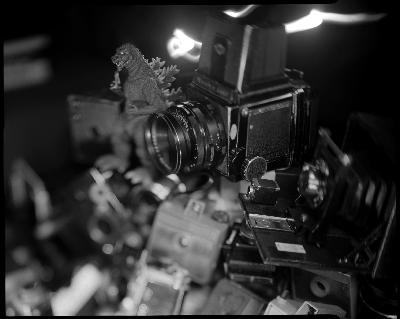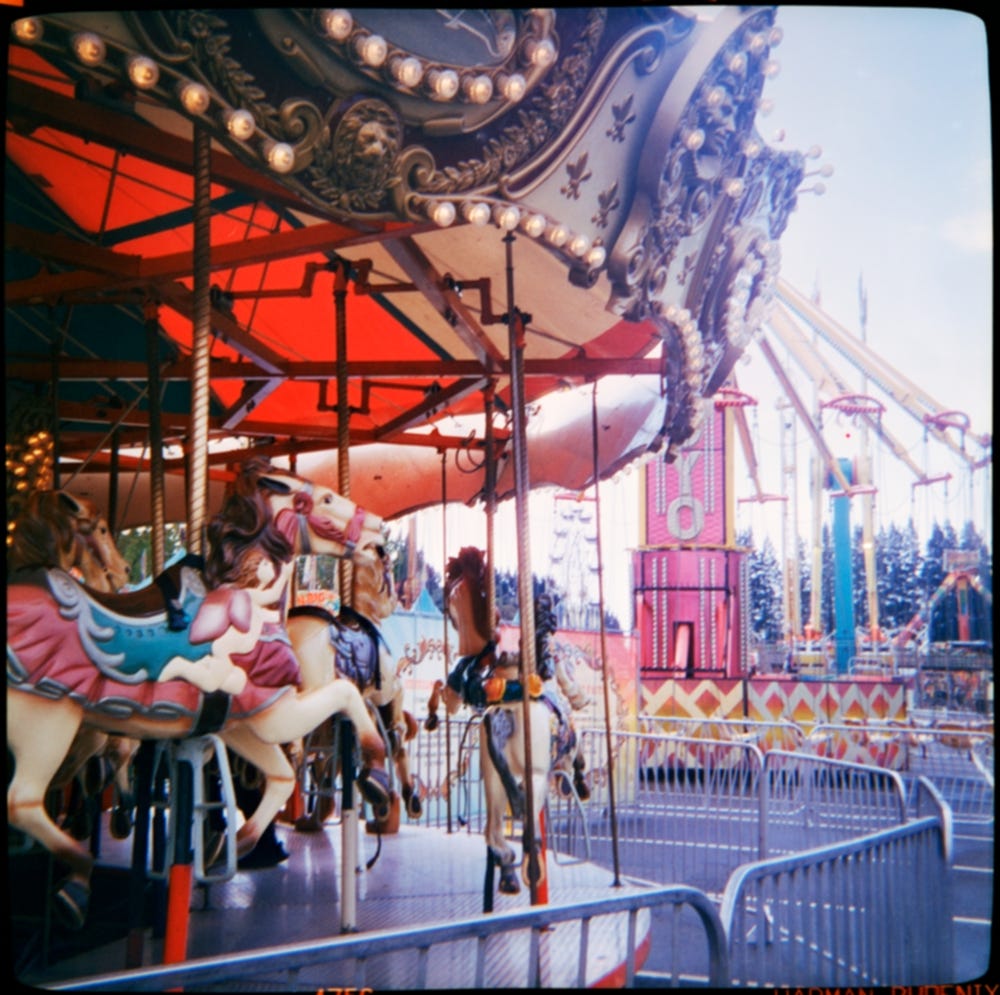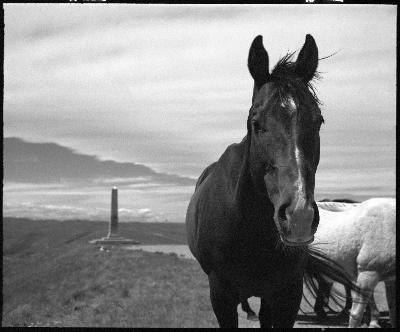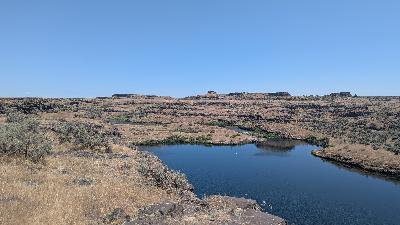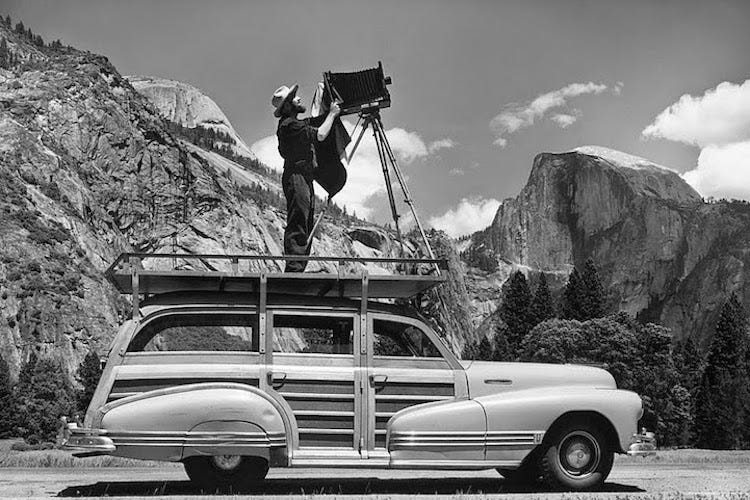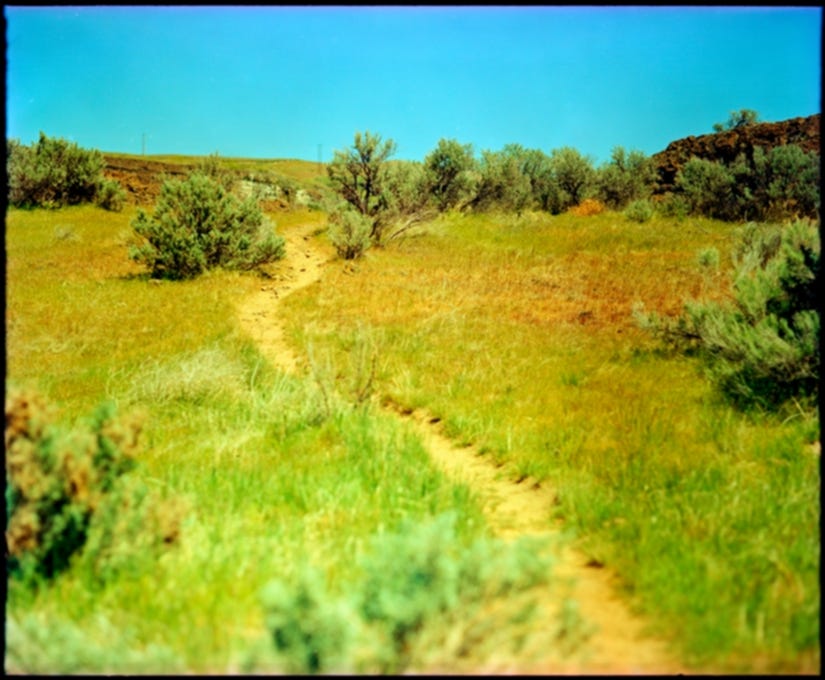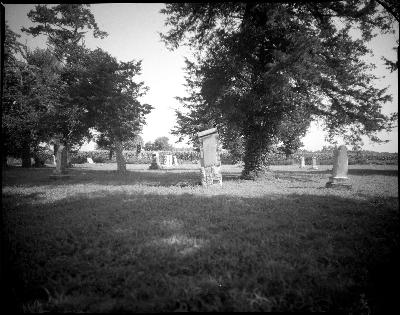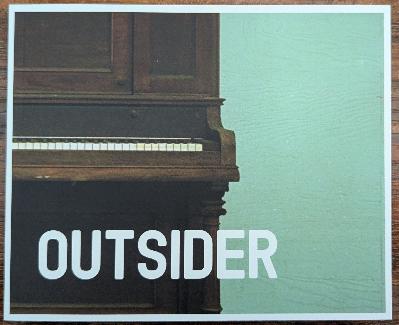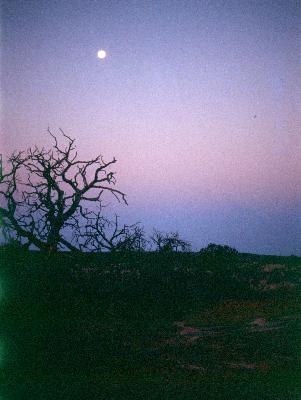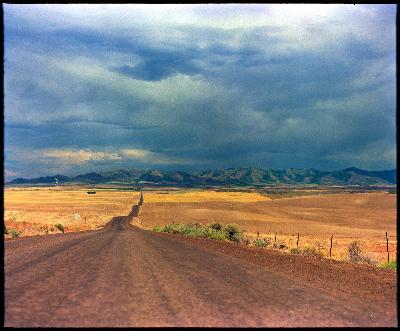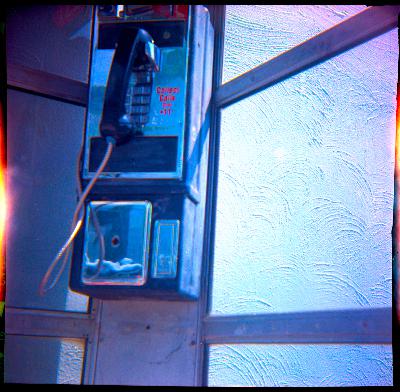You Have Too Many Cameras, Let's Fix That
Description
I’ve got two pieces for you today. First, you’ve probably got way too many cameras, and I’d like to make you feel bad about that. Kidding, kidding. But I would like to talk about how we can and why we should narrow down the cameras we use.
Second is: this past week I got an idea and I want to run it by you. It involves Tolkien and the sea.
You Have Too Many Cameras
Last episode, I told you all about my hike into Bullet Canyon, weighed down by not enough water and a few too many cameras. While the water issue was a lesson well-learned, the camera situation was not.
On that hike, I brought along five different cameras. This was less than half of the cameras I brought along for the trip. I left seven or eight in the car.
My photography from this time was pretty hit or miss. I was still working with 35mm cameras, and was still dabbling in toy cameras. I had just gotten my Mamiya RB67 and had no idea how to really use it. I wasn’t exactly a novice, I had been shooting for years by that point. But I was unfocused, shooting an ever-changing variety of cameras. I was experimenting.
Historically, in the film era, most photographers had one camera. Some of the more wealthy ones had a few, but still, most focused upon a single camera. It wasn’t uncommon to settle on a specific emulsion and developer, as well.
They bought new cameras, of course, but often sold or gave away their old ones. Photographers were interested in the photos first, the cameras second.
With the plethora of used cameras ever since digital took over, the photograph has often taken a back seat to the camera. Or rather, the cameras. The many, many cameras.
There were camera and lens collectors back then, but they were pretty rare. Today, they’re almost the norm. It’s a safe bet that the majority of you listening to this have a half dozen or more cameras. I myself have several dozen. It’s honestly a bit ridiculous.
I have five Argus C3s (aka The Brick). Why? I’ve got four or five Exaktas, a couple of Pentax, various 620 cameras, a few old box cameras, two RB67s, some random 4x5s, and my god, I really hate talking about gear.
My point is that we have a lot of cameras and for the collectors, that’s a good thing. That’s the point of collecting. But for the photographer, I think it’s a bad idea.
I’m not saying it’s a bad idea to own however many cameras you can stomach owning. Collect all the cameras you want. What I’m saying is that I think if we’re going to get serious about photography, we need to focus on a single camera.
Why Just One?
“Let your affairs be as two or three, and not a hundred or a thousand,” wrote Henry David Thoreau in Walden, “instead of a million count half a dozen, and keep your accounts on your thumb-nail... Simplify, simplify.” Of course, he wrote Walden while living rent free on Ralph Waldo Emerson’s land, with Emerson’s wife cooking his meals, and his own mom doing his laundry. But still, it’s not bad advice.
Simplifying our lives seems daunting. There’s no simple way to do it, which is somewhat ironic. So why not start with photography? Simplify, simplify by weeding out the cameras we no longer use, no longer like, no longer want. Simply further by selecting the one camera that motivates us, inspires us to create.
If you’re going on a trip or a hike, take a single damn camera. Stop taking six or ten or however many cameras with you. Absolutely nobody is impressed and it’s just confusing.
Picking just one camera allows us to become experts with that camera. I don’t mean just your make and model, I mean the specific camera you hold in your hand. These cameras aren’t new. Each has their own unique tricks and quirks. Maybe the shutter is a bit slow or the film advances oddly. Maybe the focus is a bit off or there's just something weird about it. The film counter on my Mamiya 645 doesn’t flip back to zero when I’m done with a roll. I have to manually turn the gear inside the film compartment backwards each time. Whatever it is, the more you use it, the more you will become an expert at using your camera.
On the practical side, using just one camera saves us money. Granted, it’s money we’ll just end up spending on film and developing, but still. We’ll no longer feel the need to browse Ebay for our next camera. We’ll not bother with antique stores or swap meets. Yard sales will have even less appeal to us.
More than anything, however, I’ve found that settling upon a single camera also eliminates that weird drive for more gear - what some folks call GAS, gear acquisition syndrome. Eventually, that drive to get another lens, another body, and yet another lens will just go away. That urge to spend your money on some random camera will be replaced with the urge to photograph, to actually use the camera you already have.
I recently wrote about the various bad advice we photographers are given when we’re looking for inspiration. My least favorite of all was the idea that buying a new piece of gear will inspire you. It’s b******t. First, that’s not inspiration. Second, we need to learn how to find that inspiration within ourselves, with our own cameras. This is why picking the right camera for you is so important.
Picking Favorites
I have a horrible time at picking a favorite anything. If someone asks me what my favorite movie is, I don’t even know how to begin the selection process. A favorite song? Do you mean now? Yesterday? Last year? I can’t wrap my head around how people even have such a thing as a favorite.
So picking a favorite camera should be just as daunting. Except that’s not really the same thing, is it? You had nothing to do with your favorite movie or favorite song. You weren’t involved in the creation of either. They came to you, perfectly formed and in their final product. In fact, they are products and you are the consumer.
It’s not quite the same as having a favorite camera. With a camera, you are not the consumer (at least, not after you bought it). You are the producer, the artist, the creator. The relationship we have with the instruments used to create our work is a different relationship than we have towards almost anything else.
But we do still have to pick a favorite, and even with cameras, I’m really bad at it. Narrowing down our collections is not an easy thing to do. Simplifying isn’t necessarily simple. But I do have a few tips.
First, take a look at your work, especially the pieces that you’re especially proud of. Don’t look up or try to remember which camera and lens you used to take the photos. Just go by instinct and select a few dozen that really move you. With them all together there staring you in the face, sort them by camera. Which one allowed you to take your favorite photos?
Of course, it’s probably not going to be that simple. So maybe start with remembering how each camera made you feel. Which was the most fun to use? Which brought you the most happiness? Which camera, when you see it, makes you smile?
And then there’s the practical reasons to keep a camera. Maybe if you really like hiking, a 35mm is a good choice. What is the best camera to use for the work you normally produce?
In the end, there’s no formula for this, and you might make the wrong decision. In one way, the gear we have doesn’t matter. We tell ourselves that “any camera is able to take a wonderful photo in the right hands.” And this isn’t necessarily untrue, but we’re looking for the perfect camera for us. The one that makes you feel like a damn photographer.
Obviously There Are Exceptions
Here’s where I break in and tell you that I do not shoot with a single camera. I have a good excuse for this, too, though it’s more of a justification than anything. I shoot two formats: large and medium, 4x5 and 120. I have one daily driver (so to speak) for each of the formats.
I actually suggest this. If you shoot 35mm and 120, then I don’t see any reason to force yourself into picking a single format. I want us to simply, not go crazy. Each format offers things that other formats can’t. Whether it’s the portability of 35 or the scope of 4x5 or 8x10, each format allows us to photograph the same subject in wildly different ways.
That said, try not to use that as a justification to just collect more cameras. Remember, we are simplifying, not collecting.
What About Lenses?
One of my least favorite things to talk about (or to listen to others talk about) is lenses. I realize and understand that they’re all not the same, and that each lens has a variety of different and important attributes. But all talk about lenses is the same, and it’s all unfathomably boring. Especially when compared to actually using a lens.
So here is my very short spiel about lenses: pick a few you like and get rid of the rest. You don’t have to explain why you like them (and it’s better for everyone if you don’t). And you don’t even have to understand why you made the selections you did. Just do it and get on with your life.
We have now reached the end of my lens talk.
What Do I Do With All These Cameras?
But what do we do with all our cameras; with the dozens we’ve collected over the years? Hell, some we’ve probably never even shot. To put it plainly, I don’t know. I don’t have an answer for this. I still own dozens and dozens of cameras. I haven’t shot 35mm in years, yet I’ve got more of those than anything else. Why? I don’t know. I have no answers here.
My point isn’t to get rid of the cameras you have (though we probably should). It’s not about owning stuff or not owning stuff. It’s about creating our work, improving our skills and our desires to produce. I feel it’s easier to do th

